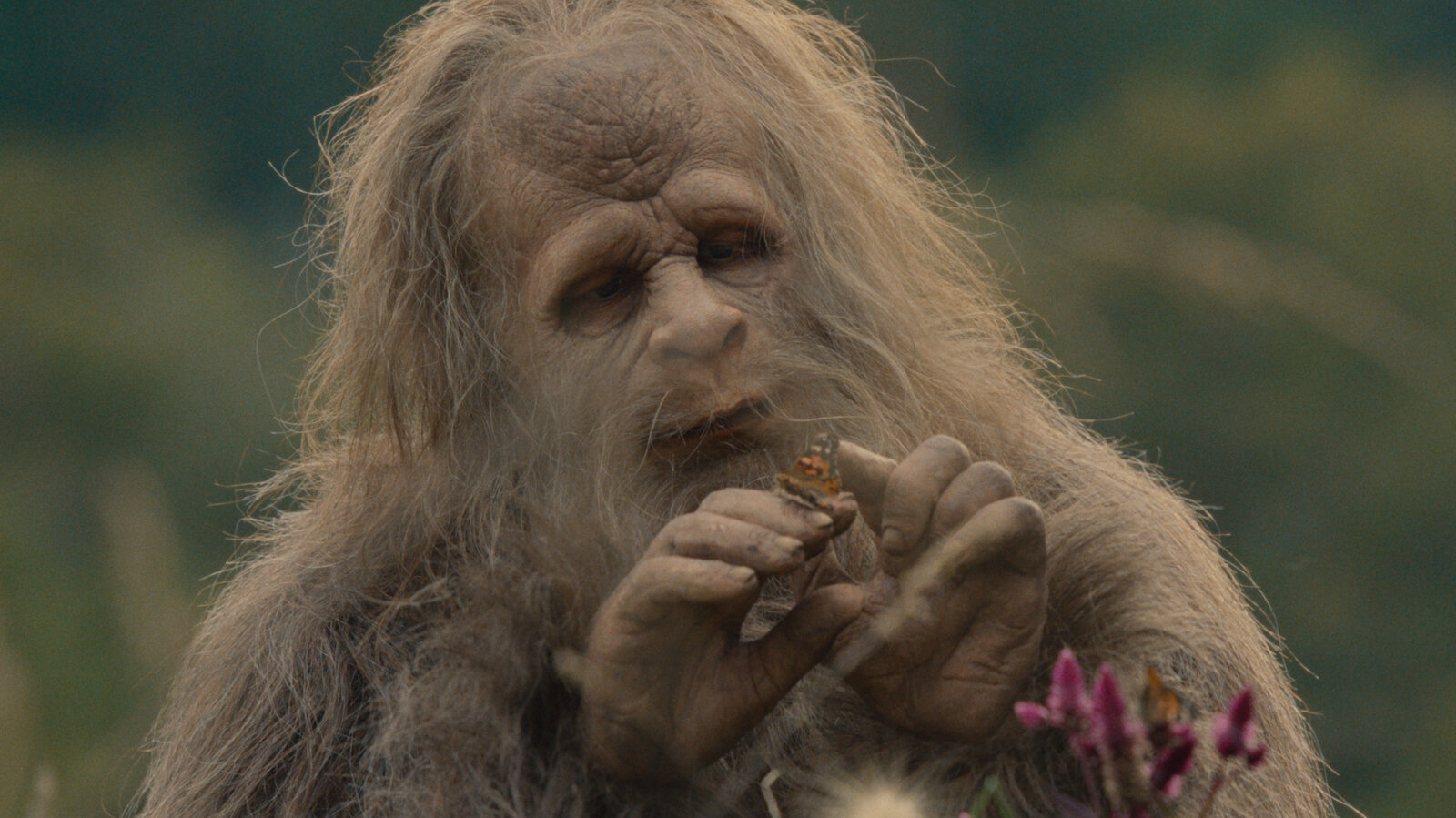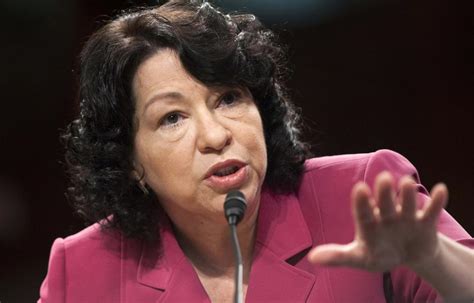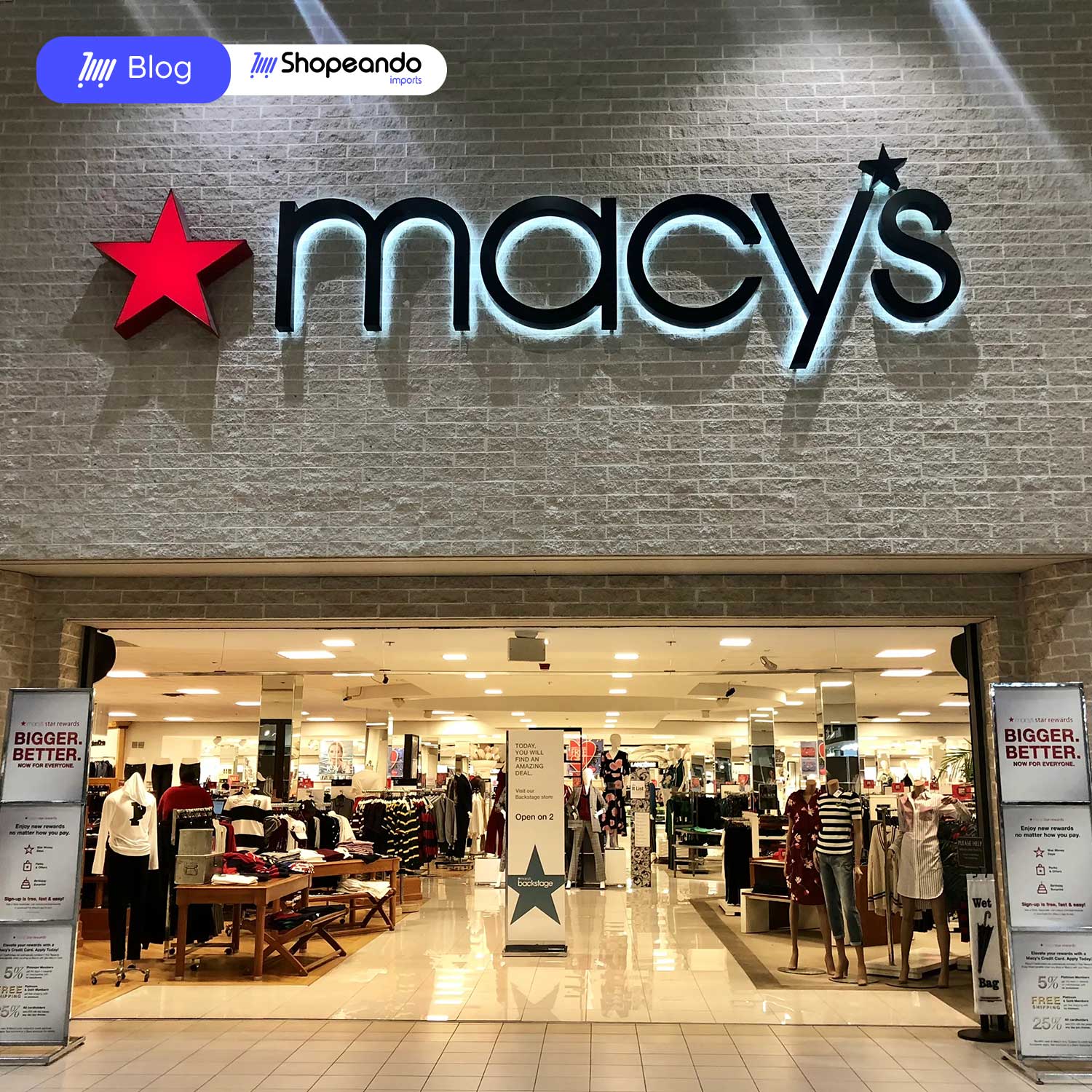The Sasquatch Music Festival, a beloved event that took place annually at the Gorge Amphitheatre in George, Washington, from 2002 to 2018. This iconic festival was a mecca for music lovers, offering a diverse lineup of genres, from indie rock to hip-hop, electronic to folk, and everything in between. Over the years, Sasquatch played host to some of the most talented and innovative artists of our time, creating an unparalleled experience for attendees.
A Brief History The festival was founded by Adam Zacks, who had a vision to create an event that would not only showcase exceptional music but also celebrate the natural beauty of the Pacific Northwest. The first Sasquatch Music Festival took place on July 20-21, 2002, featuring a lineup that included performances by the likes of Jack Johnson, Ben Harper, and String Cheese Incident. As the years went by, the festival grew in popularity, attracting bigger names and a more diverse crowd.
The Music One of the defining characteristics of Sasquatch was its eclectic lineup, which catered to a wide range of musical tastes. From the folk-rock sounds of Mumford & Sons to the electronic beats of deadmau5, the festival offered something for everyone. The 2013 lineup, for example, featured performances by Vampire Weekend, The Postal Service, and Macklemore & Ryan Lewis, among others. The festival’s ability to bring together artists from different genres and generations created a unique and exciting atmosphere, with attendees often discovering new favorite bands and artists.
Sasquatch Music Festival was more than just a music event – it was an experience that combined stunning natural beauty, great food and drink, and exceptional art and culture.
The Venue The Gorge Amphitheatre, where Sasquatch took place, is widely regarded as one of the most spectacular outdoor music venues in the world. Perched on the edge of the Columbia River, the amphitheater offers breathtaking views of the surrounding landscape, with the river gorge stretching out as far as the eye can see. The venue’s natural beauty, combined with its exceptional sound and production quality, made it the perfect setting for a music festival.
Food, Drink, and Activities In addition to the music, Sasquatch offered a wide range of food, drink, and activities to enhance the overall experience. The festival featured a variety of food vendors, serving everything from classic festival fare like burgers and hot dogs to more gourmet options like gourmet grilled cheese and artisanal ice cream. There were also several bars and beverage stations, offering a range of craft beers, wines, and cocktails. For those looking for something to do between sets, the festival included activities like yoga classes, art installations, and a comedy tent.
The Sasquatch Music Festival was a true celebration of music, art, and culture, set against the stunning backdrop of the Pacific Northwest.
The Community Sasquatch was more than just a music festival – it was a community. Attendees, who came from all over the world, shared a passion for music, art, and the great outdoors. The festival’s laid-back, welcoming atmosphere made it easy for people to connect with one another, whether it was through sharing a favorite band or simply enjoying the stunning views. This sense of community was fostered through various activities and events, such as group hikes, volunteering opportunities, and even a festival-wide game of capture the flag.
The Legacy Although the Sasquatch Music Festival is no longer in operation, its legacy lives on. The festival played a significant role in shaping the music landscape of the Pacific Northwest, providing a platform for emerging artists and helping to establish the region as a hub for music and arts. Sasquatch also inspired a new generation of music fans, who were drawn to the festival’s eclectic lineup and stunning natural setting. As the music festival landscape continues to evolve, Sasquatch will always be remembered as one of the most innovative and exciting events of its time.
What was the typical attendance at the Sasquatch Music Festival?
+The attendance at Sasquatch varied from year to year, but the festival typically drew around 25,000-30,000 people per day.
What was the most notable performance in Sasquatch history?
+One of the most memorable performances in Sasquatch history was Prince's 2013 set, which featured a career-spanning playlist and even included a few surprise covers.
What happened to the Sasquatch Music Festival?
+The Sasquatch Music Festival ceased operations in 2018, due to a combination of factors including increased competition from other festivals and rising production costs.
In conclusion, the Sasquatch Music Festival was a unique and special event that will always be remembered for its exceptional music, stunning natural setting, and strong sense of community. Although it may be gone, its legacy continues to inspire and influence the music festival landscape, and its impact will be felt for years to come.


